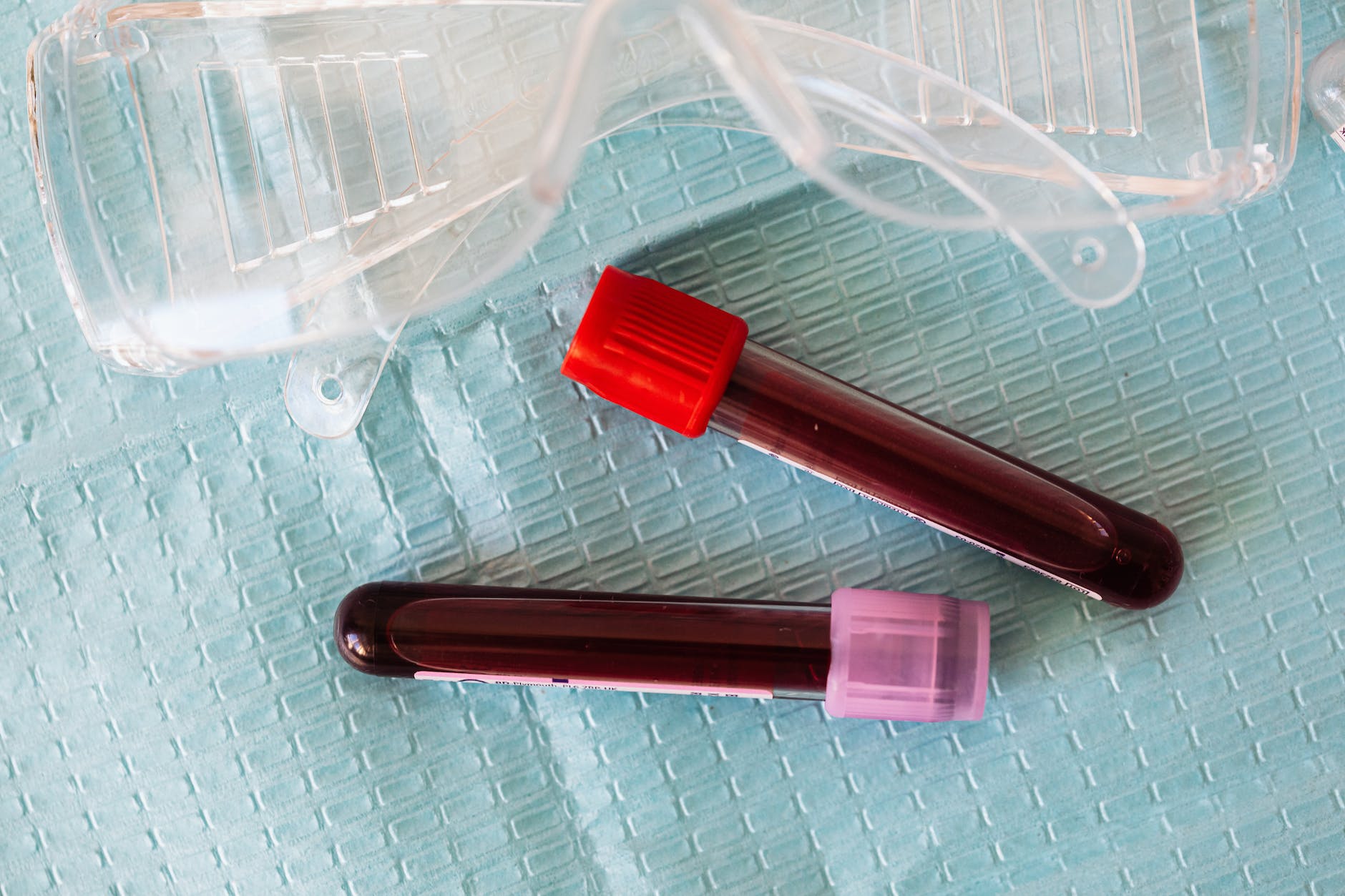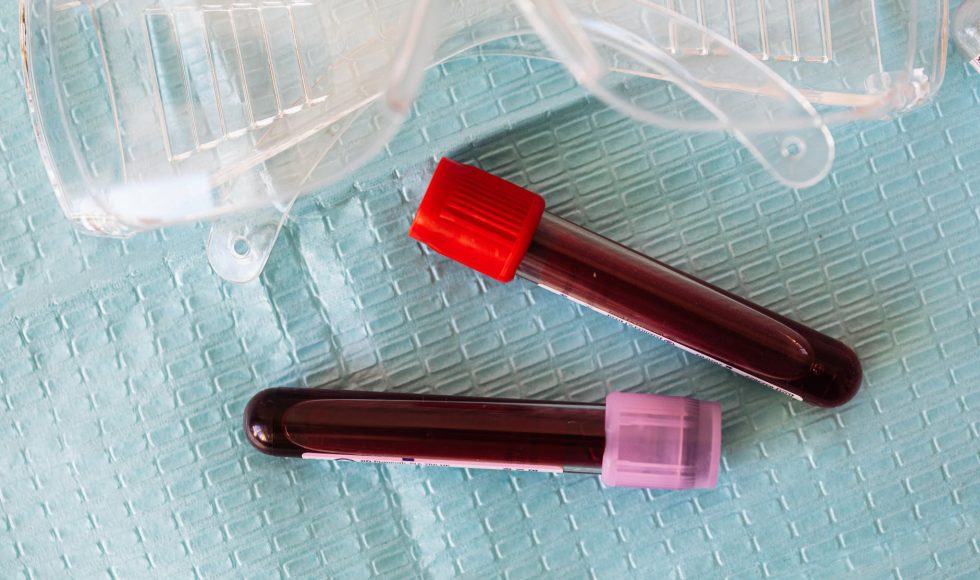Tonight I started watching videos from London Calling 2023! I started with the presentation by Jonathan Broadbent from the Ontario Institute for Cancer Research & the University of Toronto, Canada. Broadbent presented about “Nanomix: methylation-based cell-type deconvolution for low-pass nanopore sequencing.” They defined cell-free DNA (cfDNA) as “a mix of DNA from blood cells and a small portion of DNA from tumor cells (ctDNA).” Their goal was to distinguish between cfDNA and ctDNA using differences in methylation. They call modified bases with Dorado and deconvolute methylation. Typically methods use non-negative least squares deconvolution (NNLS). They had to develop a method that takes into account signal-noise and depth and created the log-likelihood with sequencing errors (LLSE) model. They also designed a second model using a binomial distribution: the mixture model with sequencing errors (MMSE). This is an expectation maximization optimization procedure and has the advantage of assigning reads to cell types. Broadbent simulated synthetic methylmes of complex cell mixtures to test nanomix. Throughput the presentation, Broadbent shared the nanomix functions and syntax. The research team also created benchmark datasets to model cell-free DNA with MNase digestion and cell-free DNA. However, they learned that there was a discrepancy in methylation between cellular and MNase-treated cells. While error rates and sequencing depth are critical factors, methylation deconvolution has potential and can be optimized. I wonder if Nanomix can be used in other contexts and cell-types…



